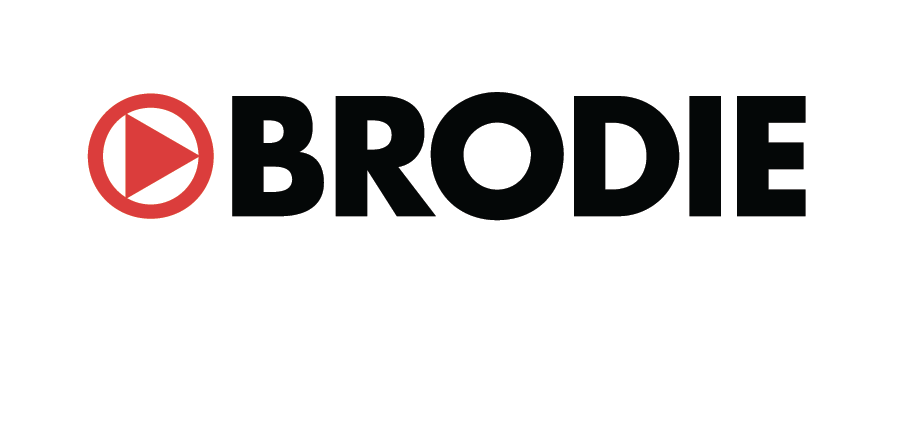WHAT IS INFLUENCER MARKETING?
Influencer marketing focuses on using influential people—that is, individuals who have influence over potential customers—to help generate interest in your product or brand.
This is not a new concept in marketing. Businesses and brands have always aligned themselves with celebrities, athletes, and professionals, from Michael Jordan and Nike to Cindy Crawford and Revlon.
Now though, brands don’t need to pay millions of dollars for a Hollywood celebrity. You can get stronger results through social media influencers who already impact your target audience.
HOW & WHY INFLUENCER MARKETING WORKS.
For the same reason Under Armour teamed up with Dwayne “The Rock” Johnson for athletic apparel, brands and companies can use the sphere of influence someone has with a specific demographic or audience to create trust and desire.
Here is one of our own examples. We partnered an athletic apparel company with 10,000 Instagram followers with a fitness enthusiast and model with 60,000 followers. She posts photos, Instagram stories, and occasional video on her Instagram featuring her wearing this athletic gear in the gym or out in everyday life. This resulted in pushing the athletic company’s reach far beyond their own following. People who want to be like the fitness model—the influencer—want to have the same great athletic clothing she wears, so not only do these people follow the athletic company’s accounts, but they eventually purchase gear from them, as well.
The key is connecting not only with the right sized influencers, but also the influencers with real, active, and engaged followings that match your demographic.
In many cases a company’s best dollar spend is on social media influencers.
COLLABORATION MARKETING
Just like influencer marketing, collaboration marketing takes two or more likeminded brands and creates content and marketing that promotes each brand to the other audiences.
One big modern version of this we see all the time is with car companies and tire companies. For example, Ford doesn’t make tires, so when they promote that their new Mustang is sporting Firestone tires, it’s a win for both companies.
Or think about the partnerships you see between brands like Monster Energy drinks and extreme sports like mountain biking or skydiving. Then think of the relationships created when you add in a third brand like GoPro action cameras to capture all the extreme moments. All these brands have the same audience, so by making the most of these kinds of collaborations, everyone wins—at a fraction of the price of traditional marketing.
You can reach more people working together. Fitting pieces of the puzzle together to see the larger picture.



